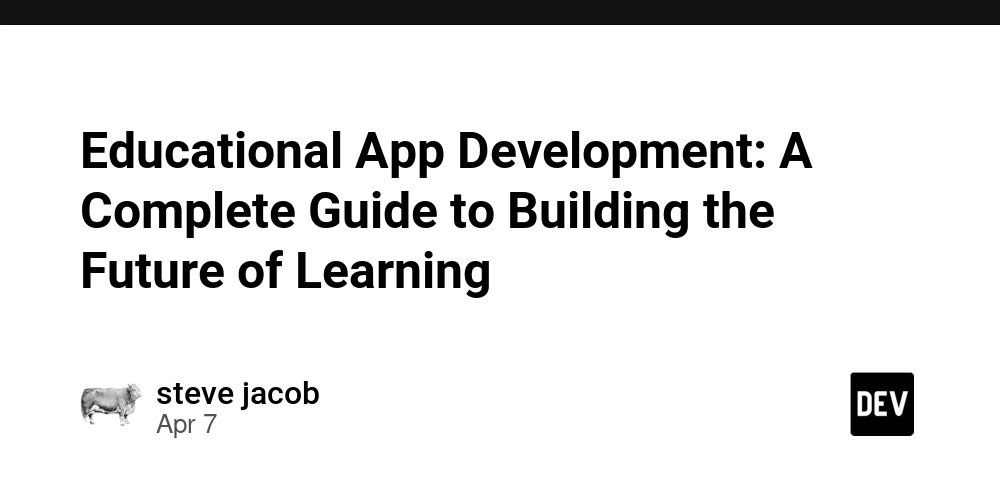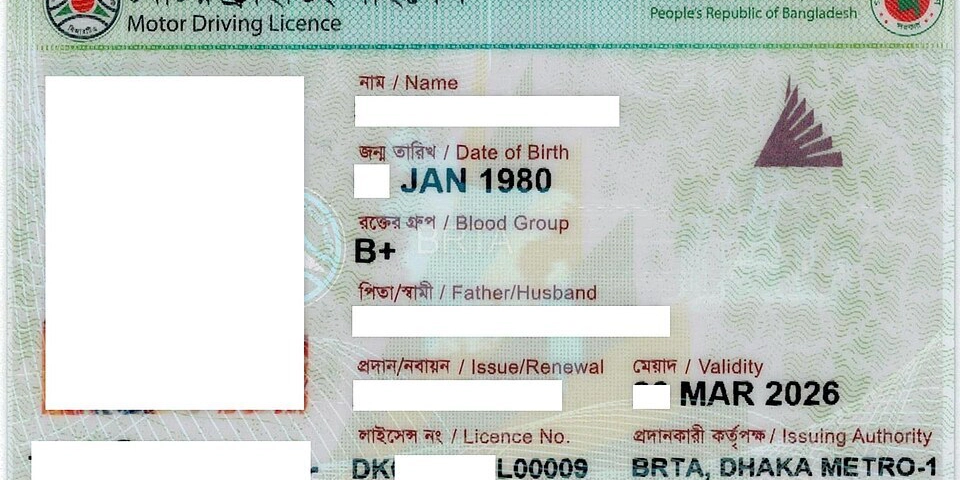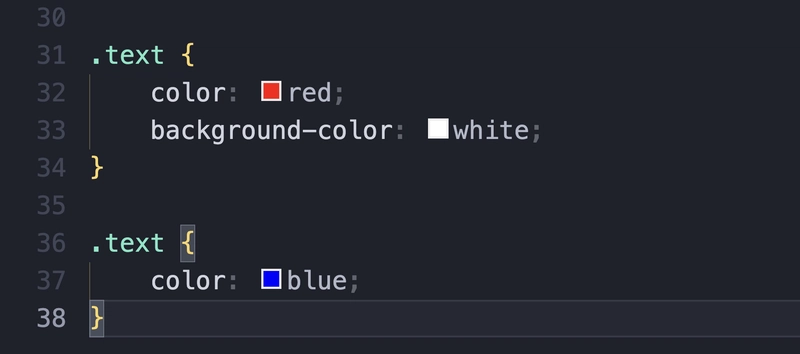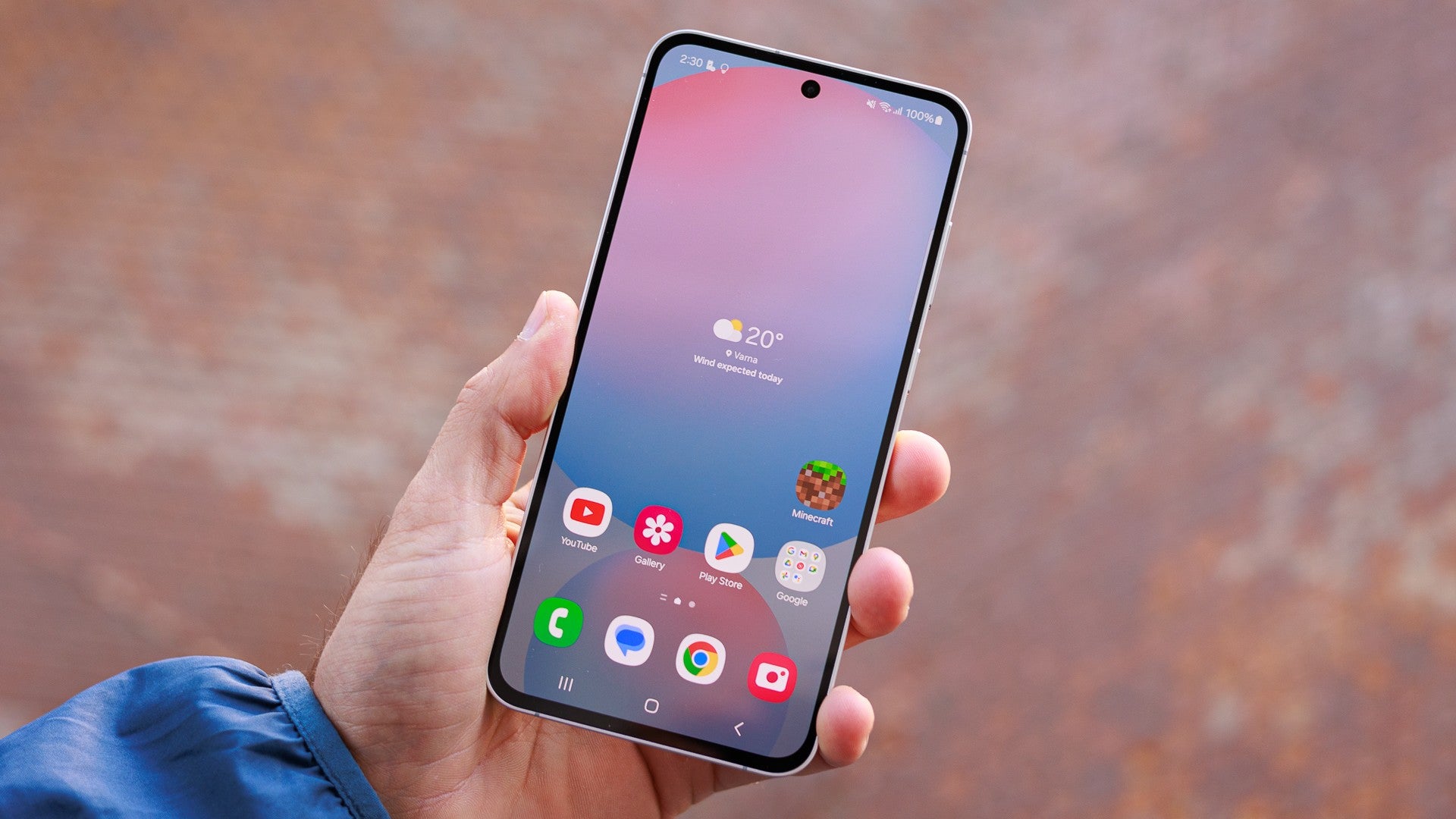Educational App Development: A Complete Guide to Building the Future of Learning
In a world where smartphones are ubiquitous and remote learning is on the rise, educational apps have become essential tools in modern education. From interactive games for toddlers to upskilling platforms for adults, these apps are reshaping how people learn—anytime, anywhere. If you’re planning to build an educational app, this guide walks you through everything from types and key features to the tech stack and development process. Whether you’re an edtech startup, a school, or an enterprise, there’s something here for you. What Is an Educational App? An educational app is a mobile or web-based application designed to facilitate learning and training. These apps make learning more accessible, personalized, and engaging through multimedia content, interactive quizzes, and real-time feedback. They cater to a wide audience: Students (K-12, university) Teachers and administrators Parents Professionals seeking skill development Why Develop an Educational App? The global shift toward digital learning has accelerated due to evolving learner expectations and advancements in technology. Educational apps: Provide flexible learning environments Enable personalized education paths Improve engagement through gamification Support real-time communication and feedback Foster self-paced learning This surge in demand makes educational app development a smart move for both educational institutions and businesses aiming to tap into the edtech sector. Types of Educational Apps Before jumping into development, define your app type to match your goals and user needs. Here are some popular categories: eLearning Platforms Offer structured courses, certifications, and progress tracking (e.g., Udemy, Coursera). Kids’ Learning Apps Gamified apps that teach colors, math, reading, and more (e.g., Khan Academy Kids, ABCmouse). Language Learning Apps Help users learn new languages with speech recognition and practice modules (e.g., Duolingo, Babbel). Virtual Classrooms Enable remote teaching with live video, whiteboards, and file sharing (e.g., Google Classroom). Test Preparation Apps Designed to help students prepare for exams like SAT, GRE, or competitive coding tests. School Management Apps Used by schools and universities to manage classes, schedules, and communication. AR/VR Learning Apps Use immersive technology to teach complex concepts through simulations. Key Features of an Effective Educational App Successful educational apps offer a rich set of features for students, educators, and administrators. Here’s what you should include: For Learners: User-friendly interface Video lectures and tutorials Interactive quizzes and assignments Gamification elements (points, rewards, badges) Learning progress tracking Offline mode for uninterrupted access For Teachers: Course creation and scheduling tools Live streaming and video conferencing integration Assignment review and grading Student analytics dashboard Messaging and communication tools For Parents (in K-12 apps): Monitoring tools for performance and attendance Notifications and alerts Direct messaging with teachers Tech Stack for Educational App Development Choosing the right technology stack is critical to app performance, security, and scalability. Frontend (Mobile & Web): React Native, Flutter (cross-platform) Swift (iOS), Kotlin (Android) React.js or Angular (for web) Backend: Node.js, Django, or Laravel Firebase for real-time database and authentication Database: Firebase Realtime DB, MongoDB, PostgreSQL Video & Chat Integration: WebRTC, Agora, Twilio, Zoom SDK Cloud Services: AWS, Google Cloud, Microsoft Azure Push Notifications: Firebase Cloud Messaging, OneSignal Analytics: Google Analytics, Mixpanel, Amplitude AI/ML Integration (for personalization or tutoring): TensorFlow, PyTorch, OpenAI APIs Educational App Development Process Here’s a step-by-step breakdown of how to build a robust and engaging educational app: Research and Planning Define your target audience and learning goals. Analyze competitors and market gaps. Outline the app’s functionality and user roles. UI/UX Design Create wireframes and prototypes. Prioritize user-friendly navigation. Design engaging visuals and interactive interfaces. Development Build the frontend and backend. Implement core features like content delivery, testing, and user tracking. Integrate third-party tools for video, chat, or payment (if needed). Testing Conduct functional, usability, and performance tests. Gather user feedback via beta testing. Fix bugs and enhance usability. Launch Deploy the app on the App Store, Google Play, or web. Monitor launch metrics and user adoption. Maintenance & Updates Continuously improve the app based on user feedback. Add new content, features, or tech upgrades over time. Common Challenges in Educational App Development While the opportunity is huge, some challenges need strategic solutions: Content Curation: Ensuring the educationa

In a world where smartphones are ubiquitous and remote learning is on the rise, educational apps have become essential tools in modern education. From interactive games for toddlers to upskilling platforms for adults, these apps are reshaping how people learn—anytime, anywhere.
If you’re planning to build an educational app, this guide walks you through everything from types and key features to the tech stack and development process. Whether you’re an edtech startup, a school, or an enterprise, there’s something here for you.
What Is an Educational App?
An educational app is a mobile or web-based application designed to facilitate learning and training. These apps make learning more accessible, personalized, and engaging through multimedia content, interactive quizzes, and real-time feedback.
They cater to a wide audience:
Students (K-12, university)
Teachers and administrators
Parents
Professionals seeking skill development
Why Develop an Educational App?
The global shift toward digital learning has accelerated due to evolving learner expectations and advancements in technology. Educational apps:
Provide flexible learning environments
Enable personalized education paths
Improve engagement through gamification
Support real-time communication and feedback
Foster self-paced learning
This surge in demand makes educational app development a smart move for both educational institutions and businesses aiming to tap into the edtech sector.
Types of Educational Apps
Before jumping into development, define your app type to match your goals and user needs. Here are some popular categories:
- eLearning Platforms Offer structured courses, certifications, and progress tracking (e.g., Udemy, Coursera).
- Kids’ Learning Apps Gamified apps that teach colors, math, reading, and more (e.g., Khan Academy Kids, ABCmouse).
- Language Learning Apps Help users learn new languages with speech recognition and practice modules (e.g., Duolingo, Babbel).
- Virtual Classrooms Enable remote teaching with live video, whiteboards, and file sharing (e.g., Google Classroom).
- Test Preparation Apps Designed to help students prepare for exams like SAT, GRE, or competitive coding tests.
- School Management Apps Used by schools and universities to manage classes, schedules, and communication.
- AR/VR Learning Apps Use immersive technology to teach complex concepts through simulations.
Key Features of an Effective Educational App
Successful educational apps offer a rich set of features for students, educators, and administrators. Here’s what you should include:
For Learners:
User-friendly interface
Video lectures and tutorials
Interactive quizzes and assignments
Gamification elements (points, rewards, badges)
Learning progress tracking
Offline mode for uninterrupted access
For Teachers:
Course creation and scheduling tools
Live streaming and video conferencing integration
Assignment review and grading
Student analytics dashboard
Messaging and communication tools
For Parents (in K-12 apps):
Monitoring tools for performance and attendance
Notifications and alerts
Direct messaging with teachers
Tech Stack for Educational App Development
Choosing the right technology stack is critical to app performance, security, and scalability.
Frontend (Mobile & Web):
React Native, Flutter (cross-platform)
Swift (iOS), Kotlin (Android)
React.js or Angular (for web)
Backend:
Node.js, Django, or Laravel
Firebase for real-time database and authentication
Database:
Firebase Realtime DB, MongoDB, PostgreSQL
Video & Chat Integration:
WebRTC, Agora, Twilio, Zoom SDK
Cloud Services:
AWS, Google Cloud, Microsoft Azure
Push Notifications:
Firebase Cloud Messaging, OneSignal
Analytics:
Google Analytics, Mixpanel, Amplitude
AI/ML Integration (for personalization or tutoring):
TensorFlow, PyTorch, OpenAI APIs
Educational App Development Process
Here’s a step-by-step breakdown of how to build a robust and engaging educational app:
- Research and Planning Define your target audience and learning goals.
Analyze competitors and market gaps.
Outline the app’s functionality and user roles.
- UI/UX Design Create wireframes and prototypes.
Prioritize user-friendly navigation.
Design engaging visuals and interactive interfaces.
- Development Build the frontend and backend.
Implement core features like content delivery, testing, and user tracking.
Integrate third-party tools for video, chat, or payment (if needed).
- Testing Conduct functional, usability, and performance tests.
Gather user feedback via beta testing.
Fix bugs and enhance usability.
- Launch Deploy the app on the App Store, Google Play, or web.
Monitor launch metrics and user adoption.
- Maintenance & Updates Continuously improve the app based on user feedback.
Add new content, features, or tech upgrades over time.
Common Challenges in Educational App Development
While the opportunity is huge, some challenges need strategic solutions:
Content Curation: Ensuring the educational material is accurate, age-appropriate, and engaging.
User Engagement: Keeping learners motivated with gamification, reminders, and interactive elements.
Accessibility: Designing for users with disabilities and across different devices.
Scalability: Handling large numbers of simultaneous users, especially during live sessions.
Security & Privacy: Protecting sensitive student data, particularly in apps targeting minors.
Integration Needs: Syncing with LMS platforms or school information systems.
Future Trends in Educational Apps
Educational technology continues to evolve. Here are some trends shaping the future of learning apps:
AI Tutors: Offering real-time personalized feedback and guidance.
Adaptive Learning: Dynamically adjusting content difficulty based on performance.
AR/VR Learning Environments: Immersive lessons in science, history, and medicine.
Gamified Learning Paths: Level-based progression and achievements to drive motivation.
Blockchain-Based Certification: Tamper-proof digital diplomas and course records.
Final Thoughts
Educational app development is more than just building software—it’s about transforming lives through accessible, engaging, and personalized learning experiences. Whether your goal is to teach young kids the alphabet or help professionals gain new skills, a well-designed educational app can make a real impact.
To take your idea from concept to reality, you need a team that understands both technology and pedagogy.









































































































































































![[The AI Show Episode 143]: ChatGPT Revenue Surge, New AGI Timelines, Amazon’s AI Agent, Claude for Education, Model Context Protocol & LLMs Pass the Turing Test](https://www.marketingaiinstitute.com/hubfs/ep%20143%20cover.png)






































































































































































































































.png?#)






































.webp?#)
.webp?#)


























































































![[Fixed] Gemini app is failing to generate Audio Overviews](https://i0.wp.com/9to5google.com/wp-content/uploads/sites/4/2025/03/Gemini-Audio-Overview-cover.jpg?resize=1200%2C628&quality=82&strip=all&ssl=1)

![What’s new in Android’s April 2025 Google System Updates [U: 4/14]](https://i0.wp.com/9to5google.com/wp-content/uploads/sites/4/2025/01/google-play-services-3.jpg?resize=1200%2C628&quality=82&strip=all&ssl=1)













![Apple Seeds tvOS 18.5 Beta 2 to Developers [Download]](https://www.iclarified.com/images/news/97011/97011/97011-640.jpg)
![Apple Releases macOS Sequoia 15.5 Beta 2 to Developers [Download]](https://www.iclarified.com/images/news/97014/97014/97014-640.jpg)
































































































































